| Dr. Stacy Graber is a frequent contributor to the blog. In fact she just had a post in January and you can read it here. Leave it to Stacy to figure our how to combine Toys, YA, and Roland Barthes. Every post from Stacy is an intellectual adventure. Take a few minutes, you are going to enjoys what she has to say and how she engages preservices teachers and ELA students. She has posted on four previous occasions and all of them are worth rereading and including in a YA syllabus. You can find them here, here, here, and here. They are all worth bookmarking. |
On the Semiotics of Toys and YAL as a Strategy in Defense of the Humanities by Stacy Graber
Young adult literature is situated especially well to do this work when it, too, takes a broad view and looks to social and institutional forces that shape and, in some sense, determine the trajectory of lives, and therefore require check. Which brings me to my authentic subject: Toys.
| My thoughts on toys began when I was invited to co-facilitate a literacy enrichment program for middle grade students in an urban school in Youngstown, Ohio. That is, I forwarded students a list of possible subjects informed by numerous YA works of nonfiction and, to my delight, the kids selected the subject of toys as framed by Tanya Lee Stone’s (2010) social history of the Barbie doll: The Good, the Bad, and the Barbie: A Doll’s History and Her Impact on Us. Stone’s (2010) book is provocative and dreamily malleable in terms of being able to model and catalyze any number of spin-off inquiries on the toys of kids’ choice (if Barbie dolls aren’t necessarily their thing). Meaning, what Stone’s book does especially well is blueprint how a teacher might shape a conversation on an artifact according to discrete semiotic inquiries directed by the toy’s capability for sending messages with respect to race, class, and gender. |
| During reading, we consider, through layered critical lenses, how Barbie “works on” kids by proposing contentious values as to what it presumably means to be beautiful, powerful, and successful, and kids’ reciprocal power to transform Barbie through re-imagination or refusal of ideologically scripted play. This reflects Fiske’s (1989) challenge of the characterization of kids as dupes of commodities and/or pop-cultural practices, and introduces a layer of agency as well as the potential for resistance. The general idea is made comprehensible by Stone (2010) in her chapter titled, “Barbie as Art,” in which she discusses the tendency for kids to revise and reclaim Barbie through some highly stylized and often hardcore modifications and forms of rough play reminiscent of the sadistic techniques of Sid from Toy Story (1995). |
The overarching idea here is that, if objects serve as semiotic markers of social order, beliefs, and practices, they can also serve as palimpsests for social arrangements not yet visible, or society as kids would like to see it created through interventions enacted via play, reading, and writing. Stone’s (2010) book initiates kids to the practices of cultural commentators and critics through a series of complex negotiations that I’ve seen occur in graduate seminars but not middle school. Yet, I would argue, in engaging kids in these dialogues, we more earnestly reify Butler’s vision for the humanities and offer students a methodology for interrogating unequal prospects or life chances hardened by institutionalized practices such as current techniques of schooling.
References
Fiske, J. (1989). Understanding popular culture. New York, NY: Routledge.
Latour, B. (2007). Reassembling the social: An introduction to actor-network theory. Oxford, UK: Oxford University Press.
Peter Wall Institute of Advanced Studies, University of British Columbia. (2012). Judith Butler: Q&A with UBC faculty [Video file]. Retrieved from https://www.youtube.com/watch?v=4ECjyoU6kGA
Stone, T.L. (2010). The good, the bad, and the Barbie: A doll’s history and her impact on us. New York, NY: Speak.
Until next time.
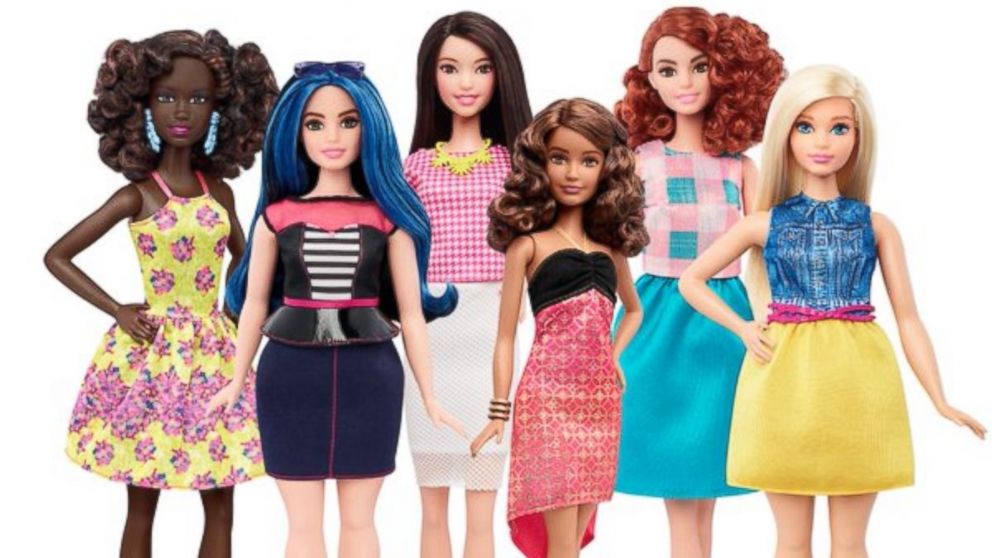
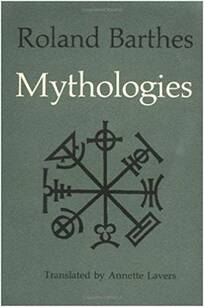
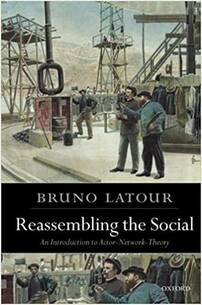
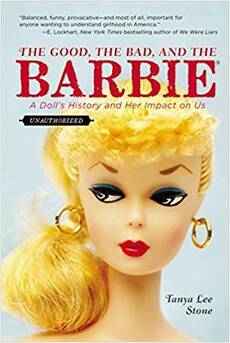
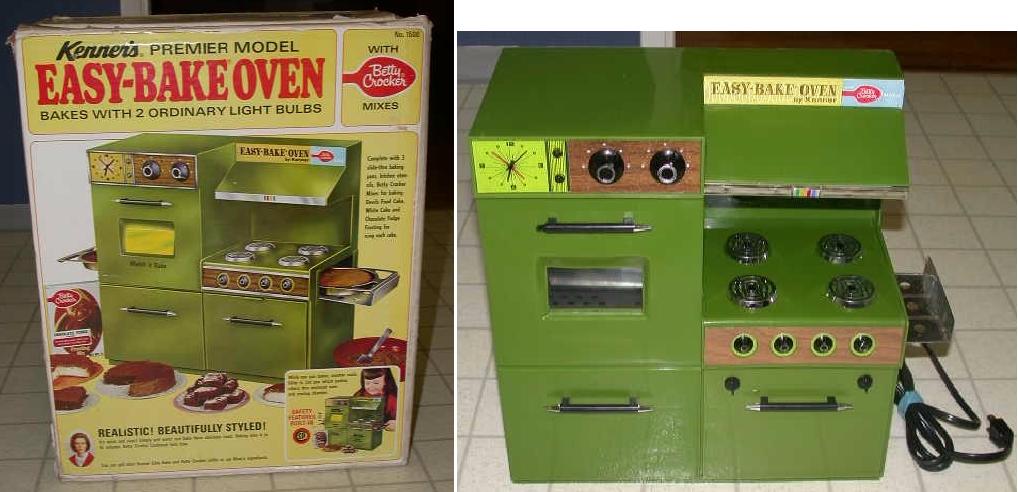
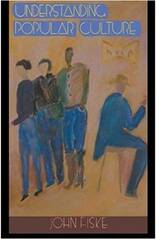

 RSS Feed
RSS Feed